The Future of Energy Efficient Lighting with Led Luminaires
As the global demand for energy-efficient solutions continues to escalate, the lighting industry stands at the forefront of this transformation, with LED luminaires leading the charge. According to a report by the International Energy Agency, LED technology has the potential to reduce lighting energy consumption by 50% by 2030, significantly contributing to worldwide energy savings. The rapid adoption of LED luminaires is attributed not only to their remarkable efficiency and longevity but also to increasing regulatory pressure and consumer awareness regarding environmental sustainability. Moreover, a study conducted by Fortune Business Insights projects that the global LED lighting market will reach $160 billion by 2028, highlighting the critical role LED luminaires play in shaping the future of illumination. This blog will explore the top strategies for maximizing the potential of LED luminaires, ensuring they become a cornerstone of modern energy-efficient practices.
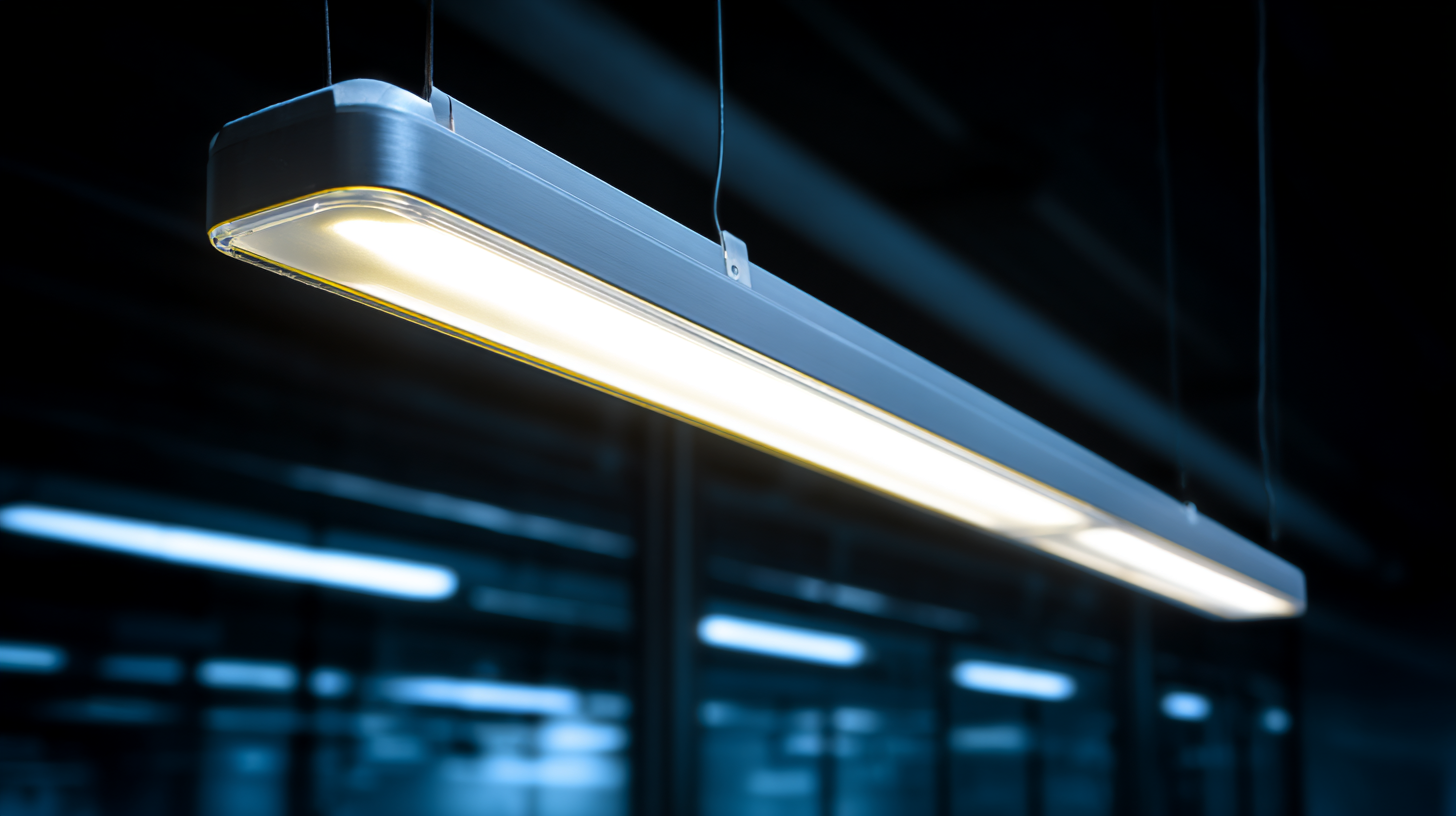
Understanding the Evolution of LED Technology in Lighting Solutions
The evolution of LED technology has significantly transformed the landscape of lighting solutions, particularly in specialized applications like medical lighting systems. With the market size for medical lighting expected to value $1.86 billion by 2025 and grow to $3.04 billion by 2033 at a robust compound annual growth rate of 6.31%, it is clear that the demand for energy-efficient, high-performance lighting is on the rise. These advancements not only enhance the quality of care but also address the critical needs for optimal visibility and safety in healthcare settings.
Similarly, the broader luminaire market is projected to reach $75.92 billion in value by 2025, with an anticipated growth to $92.5 billion by 2033, reflecting a compound annual growth rate of 2.5%. This growth underscores the importance of LED technology in creating sustainable and efficient lighting solutions across various sectors. By continuously improving LED performance, manufacturers are paving the way for innovative applications, ensuring that future lighting systems are not only energy-efficient but also capable of meeting the diverse needs of users worldwide. The trajectory of LED evolution is a testament to the ongoing commitment to enhancing both functionality and sustainability in lighting.
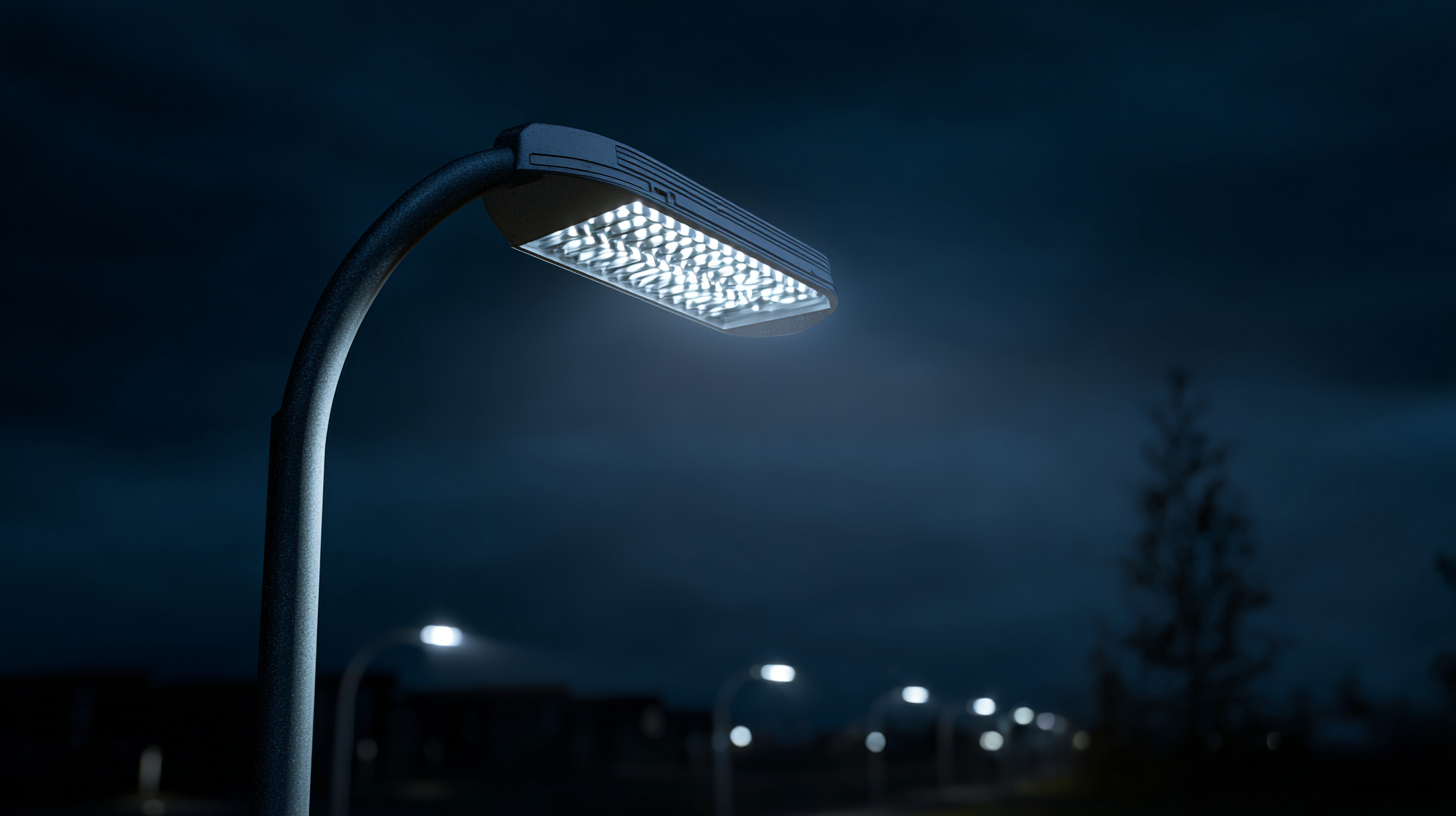
Key Benefits of Energy Efficient LED Luminaires for Modern Spaces
The transition to energy-efficient LED luminaires is transforming modern spaces by offering remarkable benefits that extend beyond merely illuminating rooms. According to a report by the U.S. Department of Energy, LEDs can achieve energy savings of up to 75% compared to traditional incandescent bulbs. This dramatic reduction not only lowers electricity bills but also contributes to a significant decrease in greenhouse gas emissions, aligning with global sustainability goals.
In addition to energy conservation, LED lighting enhances visual comfort and aesthetic appeal in various settings, from homes to offices. A 2020 study by the Lighting Research Center indicated that LED luminaires can improve color rendering and provide a more vibrant atmosphere. This is particularly beneficial in environments where color accuracy is vital, such as art galleries and retail spaces.
Tips: When selecting LED luminaires, consider the color temperature that best suits your environment—warm white (2700K-3000K) is ideal for home settings, while cooler temperatures (5000K-6500K) can boost productivity in offices. Always check for the Energy Star label to ensure maximum efficiency and quality. Additionally, taking advantage of smart lighting systems can further enhance energy management, allowing for greater control over lighting schedules and intensity.
The Future of Energy Efficient Lighting with LED Luminaires
| Feature | Benefits | Impact on Modern Spaces |
|---|---|---|
| Energy Efficiency | Lower energy consumption compared to traditional lighting | Reduces operational costs for businesses |
| Longevity | Extended lifespan of up to 25,000 hours | Less frequent replacements lead to lower maintenance costs |
| Variety of Designs | Available in multiple styles and color temperatures | Enhances the aesthetic appeal of various spaces |
| Environmental Impact | No hazardous materials (like mercury) used | Promotes sustainability in modern design |
| Dimming Capability | Can adjust brightness based on need | Enhances energy savings and user comfort |
Comparing LED Luminaires to Traditional Lighting Options: A Cost Analysis
The shift towards energy-efficient lighting is reshaping the dynamics of the lighting market, with LED luminaires at the forefront of this revolution. Traditional lighting options, such as incandescent and fluorescent bulbs, have been staples in illumination but come with higher energy costs and a shorter lifespan. In contrast, LED luminaires have proven to be more cost-effective in the long run. With reduced energy consumption and maintenance requirements, the initial investment in LED technology quickly pays off through lower operating costs.
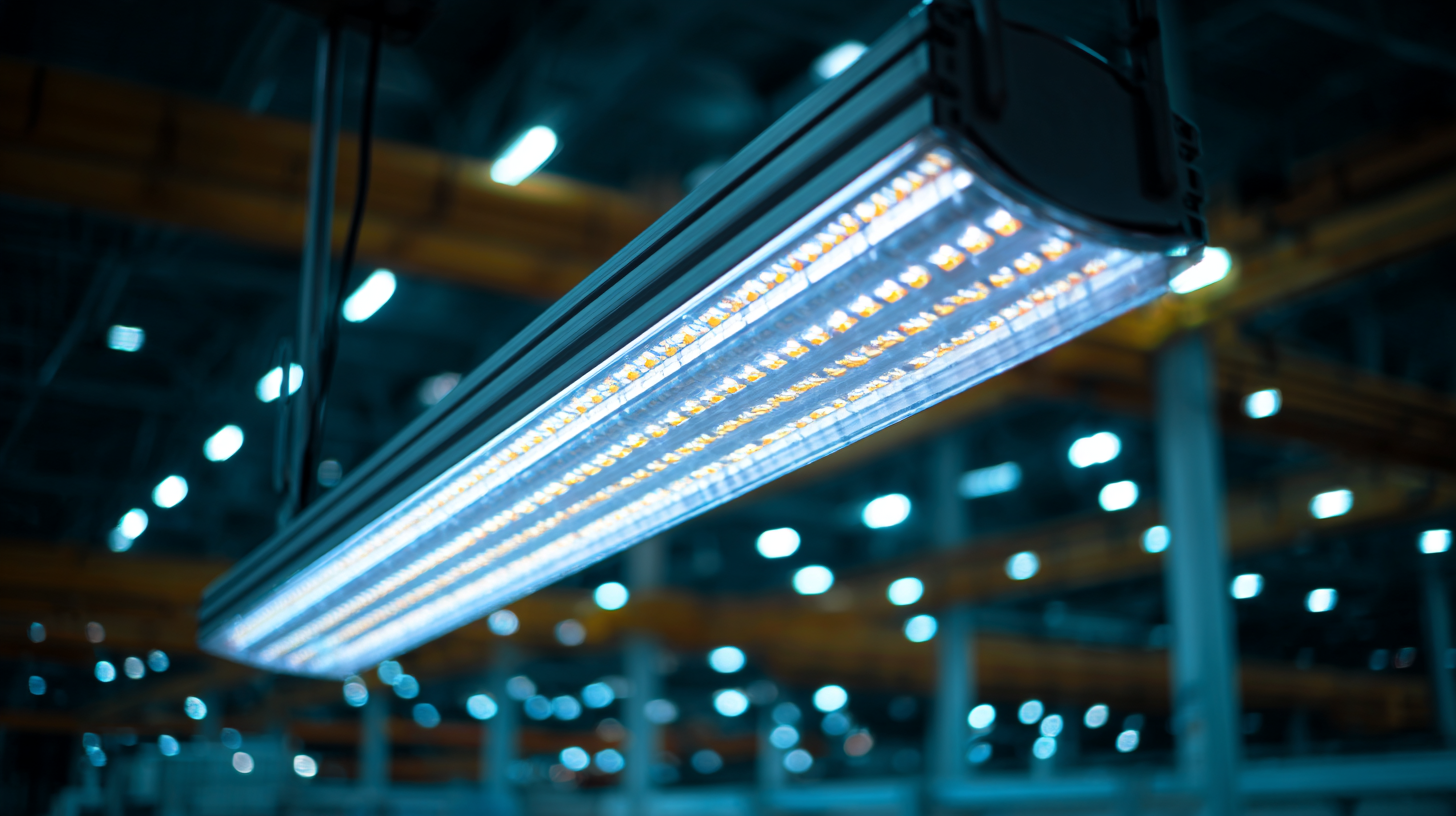
As manufacturers streamline the production process and embrace technological advancements, the cost of LED lighting solutions is expected to decline significantly, further driving adoption. Industry reports anticipate that the global LED lighting market will grow by approximately USD 41.5 billion from 2024 to 2028. This growth is not only fueled by the quest for sustainability but also by the increasing integration of artificial intelligence in industry practices. As businesses and institutions prioritize energy efficiency, switching to LED luminaires becomes a compelling solution, offering both economic and environmental benefits in comparison to traditional lighting options.
Innovative Applications of LED Luminaires in Residential and Commercial Settings
The rapid advancement of LED technology has revolutionized the way we approach lighting in both residential and commercial settings. In homes, LED luminaires are not merely energy-efficient alternatives; they offer a versatile solution for enhancing ambiance and functionality. Smart home integration allows homeowners to control lighting through apps, enabling personalized settings that adapt to different activities—from creating a cozy atmosphere for movie nights to bright lighting for reading or working. Additionally, the variety of designs available means homeowners can find fixtures that complement their decor while benefiting from lower energy bills and longer-lasting bulbs.
In commercial environments, the impact of LED luminaires is equally significant. Businesses are increasingly adopting LED solutions to reduce overhead costs and increase employee productivity. Retailers utilize dynamic LED displays to attract customers with vibrant colors and adjustable brightness that change throughout the day, effectively enhancing the shopping experience. Furthermore, outdoor LED lighting enhances security and safety while minimizing energy consumption. As sustainability becomes a central focus for corporations, the transition to LEDs not only contributes to energy efficiency but also promotes a greener image, aligning with an eco-conscious consumer base.
Future Trends: What’s Next for Energy Efficient Lighting Solutions?
As energy-efficient lighting technology continues to evolve, LED luminaires are at the forefront of future trends in lighting solutions. With the global outdoor lighting market projected to grow from $9.56 billion in 2025 to approximately $9.99 billion by 2033, at a compound annual growth rate (CAGR) of 4.5%, it’s evident that the demand for energy-efficient solutions is increasing significantly. This growth is driven not only by the environmental benefits of LED lighting but also by advancements in smart lighting technologies and building automation systems, which are expected to see an 8.13% CAGR by 2032.
Tips for leveraging these trends include investing in LED luminaires not just for their energy efficiency, but also for their longevity and low maintenance costs. As the global LED phosphor market is estimated to grow from $326.7 million in 2025 to $388.8 million by 2033 with a CAGR of 2.2%, now is the time to shift towards these sustainable solutions. Additionally, businesses should consider integrating smart control systems that enhance energy management and optimize lighting performance, in turn reducing operational costs.
Embracing these innovations not only contributes to a sustainable future but also resonates with consumers who are increasingly prioritizing eco-friendly practices in their purchasing decisions. Therefore, businesses should stay ahead of the curve by keeping a close watch on emerging lighting trends and technologies.
Related Posts
-

Your Complete Resource for Understanding Led Spotlights
-
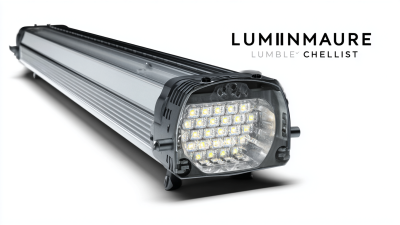
Finding Top Suppliers for the Best Led Luminaire with an Effective Evaluation Checklist
-
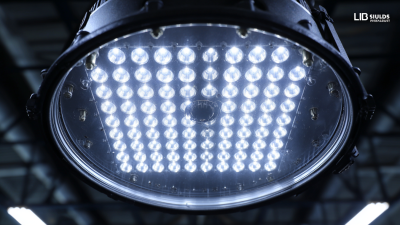
Understanding Types of Best Led Fixtures Their Features and Applications in Your Business
-
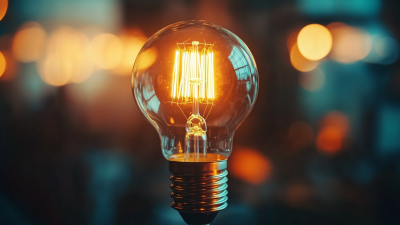
Future Innovations in Industrial Lighting and Their Advantages for Global Buyers
-
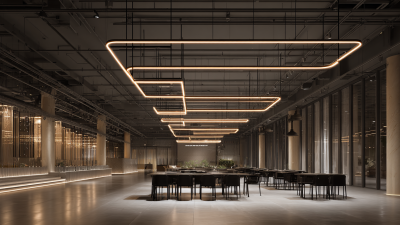
Achieving Excellence in Best Lighting Design with China’s Leading Factories for Global Markets
-
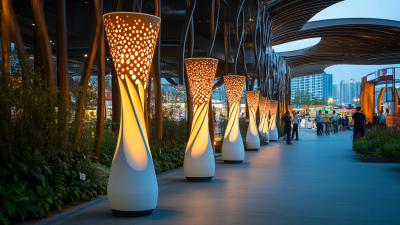
Explore the Future of Outdoor Lighting Fixtures at the 138th Canton Fair: A Global Gathering of Innovation






